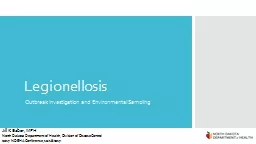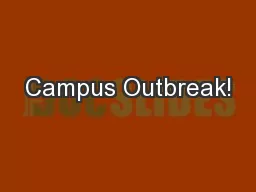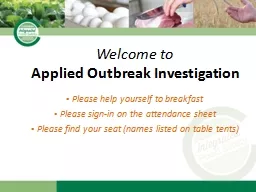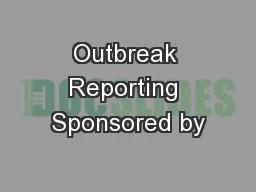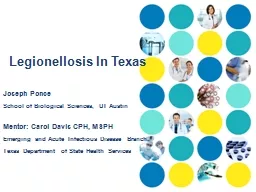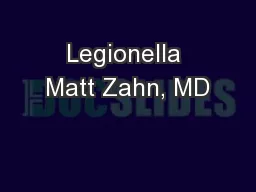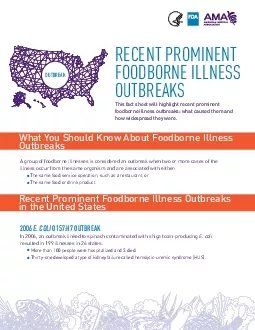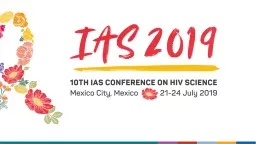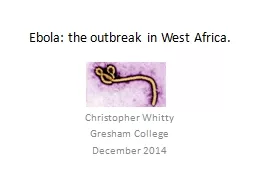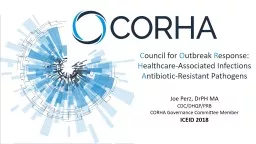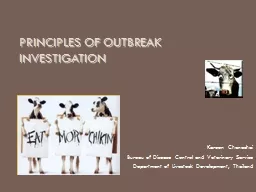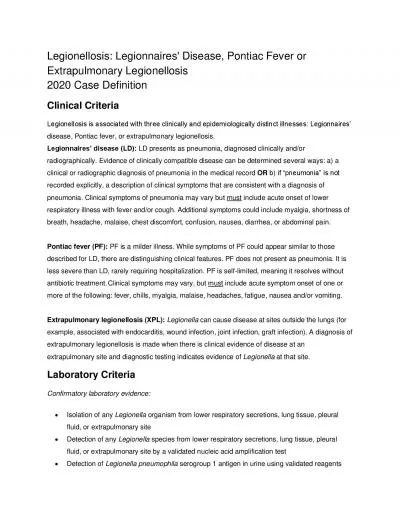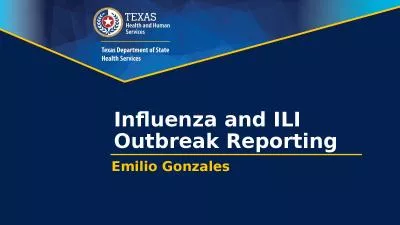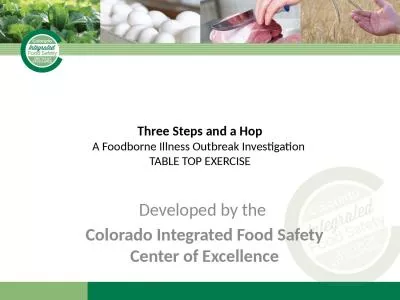PPT-Legionellosis Outbreak Investigation and Environmental Sampling
Author : priscilla | Published Date : 2022-06-18
Jill K Baber MPH North Dakota Department of Health Division of Disease Control 2017 NDEHA Conference 10182017 1976 American Legion Convention Philadelphia PA Legionnaires
Presentation Embed Code
Download Presentation
Download Presentation The PPT/PDF document "Legionellosis Outbreak Investigation and..." is the property of its rightful owner. Permission is granted to download and print the materials on this website for personal, non-commercial use only, and to display it on your personal computer provided you do not modify the materials and that you retain all copyright notices contained in the materials. By downloading content from our website, you accept the terms of this agreement.
Legionellosis Outbreak Investigation and Environmental Sampling: Transcript
Download Rules Of Document
"Legionellosis Outbreak Investigation and Environmental Sampling"The content belongs to its owner. You may download and print it for personal use, without modification, and keep all copyright notices. By downloading, you agree to these terms.
Related Documents

